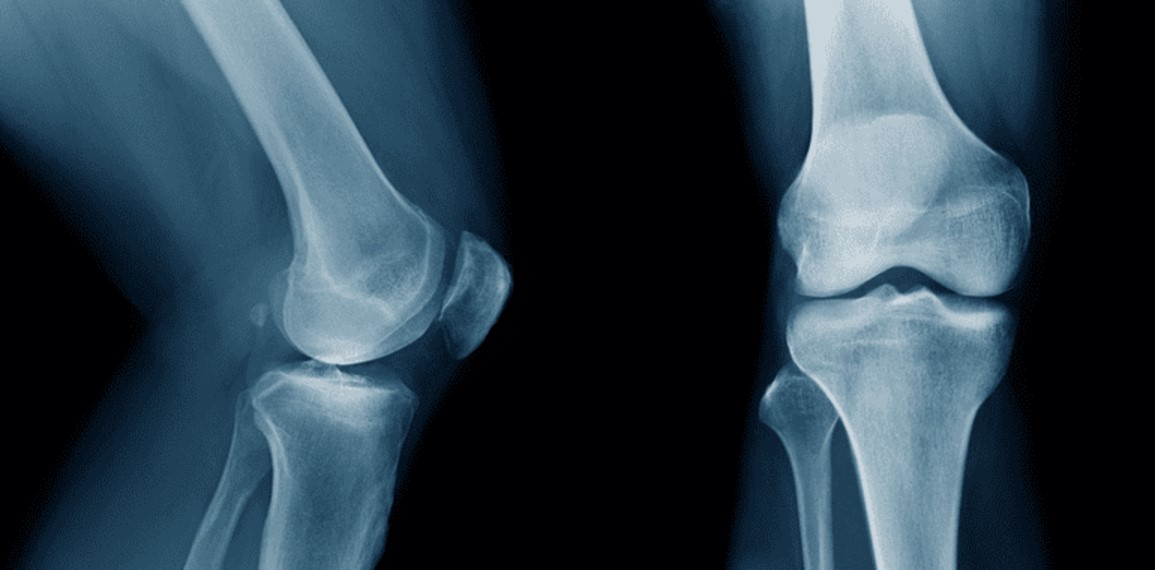Science
Revolutionary ‘Bone Glue’ Repairs Fractures in Minutes

Researchers in China have developed a groundbreaking bio-adhesive known as Bone-02, capable of repairing fractures in just three minutes. This innovative product, which biodegrades as the bone heals, could transform the approach to fracture treatment, eliminating the need for traditional metal plates and screws.
Crafted by a team at Zhejiang University School of Medicine and Xiaoshan Hospital, Bone-02 is inspired by the natural adhesive properties of oysters. After nearly a decade of research, the team, led by Professor Pan Xunwu, has created a material that not only effectively binds bone fragments but also dissolves within six months, significantly reducing the need for secondary surgeries.
Traditional methods of fracture repair often result in complications, such as the loss of bone fragments, delayed healing, and the necessity for additional operations. “In the process, bone fragments were often lost, reducing bone mass and ultimately negatively impacting patients’ quality of life,” Professor Pan stated in an interview with Chosun Ilbo.
Bone-02’s unique formulation allows it to work effectively even in blood-rich environments. After extensive experimentation, including hundreds of formulation modifications and animal trials, the researchers achieved a balance of biocompatibility and adhesive strength that could potentially rival traditional steel implants.
Clinical trials involving over 150 patients have showcased the adhesive’s efficacy. For instance, a patient with a comminuted wrist fracture had their bone fragments securely fixed through a small incision measuring just 2–3 cm. In contrast, conventional treatments would typically necessitate a larger incision and a second surgery approximately a year later. After a recovery period of three months, the patient’s wrist function was fully restored without complications.
The adhesive exhibits impressive metrics, with a tensile strength of over 181 kg, a compressive strength of approximately 10 MPa, and a shear strength of around 0.5 MPa. These figures suggest that Bone-02 may become a formidable competitor to existing surgical materials, as noted by Global Times.
According to Lin Xianfeng, associate chief orthopaedic surgeon at Sir Run Run Shaw Hospital and co-lead researcher, Bone-02 could revolutionise the treatment of fractures. Its rapid bonding capabilities and user-friendly application could significantly shorten surgery times while reducing intraoperative damage.
This new adhesive addresses challenges in bone adhesive development that have persisted since the 1940s. Previous attempts utilizing gelatin, epoxy resins, and acrylates were dismissed due to inadequate biocompatibility and insufficient strength. Bone-02 is currently undergoing multi-centre randomised controlled clinical trials, a rigorous process necessary for regulatory approval.
While medical experts express cautious optimism about the potential impact of Bone-02, they emphasize the importance of meeting peer-reviewed studies and international safety standards. Nevertheless, early evidence points to Bone-02 as a promising advancement in orthopaedic medicine, potentially offering millions of patients a faster and safer path to recovery from fractures.
-

 Health3 months ago
Health3 months agoNeurologist Warns Excessive Use of Supplements Can Harm Brain
-

 Health3 months ago
Health3 months agoFiona Phillips’ Husband Shares Heartfelt Update on Her Alzheimer’s Journey
-

 Science2 months ago
Science2 months agoBrian Cox Addresses Claims of Alien Probe in 3I/ATLAS Discovery
-

 Science2 months ago
Science2 months agoNASA Investigates Unusual Comet 3I/ATLAS; New Findings Emerge
-

 Science1 month ago
Science1 month agoScientists Examine 3I/ATLAS: Alien Artifact or Cosmic Oddity?
-

 Entertainment5 months ago
Entertainment5 months agoKerry Katona Discusses Future Baby Plans and Brian McFadden’s Wedding
-

 Science1 month ago
Science1 month agoNASA Investigates Speedy Object 3I/ATLAS, Sparking Speculation
-

 Entertainment4 months ago
Entertainment4 months agoEmmerdale Faces Tension as Dylan and April’s Lives Hang in the Balance
-

 World3 months ago
World3 months agoCole Palmer’s Cryptic Message to Kobbie Mainoo Following Loan Talks
-

 Science1 month ago
Science1 month agoNASA Scientists Explore Origins of 3I/ATLAS, a Fast-Moving Visitor
-

 Entertainment2 months ago
Entertainment2 months agoLewis Cope Addresses Accusations of Dance Training Advantage
-

 Entertainment3 months ago
Entertainment3 months agoMajor Cast Changes at Coronation Street: Exits and Returns in 2025









